- Author: Denise Godbout-Avant

Seasonal Landscape IPM Checklist for Home Gardeners
UC's Integrated Pest Management (IPM) Home, Garden, Turf and Landscape Pests Quick Link has a Seasonal Landscape IPM Checklist which is a wonderful resource with monthly checklists within your selected county/region to help guide you how to keep your landscapes healthy.
https://www2.ipm.ucanr.edu/landscapechecklist/
Topics include common pest problems to look out for, preventative measures, and links to more information. You can also subscribe to receive an automated monthly list by email.
December and January Lists
I reviewed the December and January checklists for Stanislaus County. The following are some topics listed and additional appropriate links:
- Frost – Temperatures sometimes drop to freezing during the winter months. Cold temperature can kill bark, buds, flowers, and shoots, so protect sensitive plants from frost. To increase a soil's ability to absorb heat rake away mulch to expose the ground around the base of the plant. If frost is expected irrigate the soil (if there hasn't been any rain recently) at least three days prior. You can also cover sensitive plants overnight with cloth or similar material other than plastic but leave covers open at the bottom so heat from soil can help warm plants and remove covers during the daytime. http://ipm.ucanr.edu/PMG/GARDEN/ENVIRON/frostdamage.html
- Irrigation – Always adjust your watering schedule according to the weather. We have had a very wet December, which followed an atmospheric river storm in October. So, gardens have needed little to no irrigation lately, depending on your soil type. Overirrigation can lead to root rot. Resume irrigation if storms diminish during the remainder of the winter (let's hope it remains wet!). If there is an extended dry spell during upcoming winter months, irrigate infrequently and deeply. http://ipm.ucanr.edu/homegarden/irrigating/
- Clean up – Remove old fruit and nuts in and under trees to avoid harboring pests. Also rake up fallen leaves beneath deciduous fruit trees and roses (but leave the leaves elsewhere in your yard for beneficial overwintering insects including butterflies and bees). http://ipm.ucanr.edu/PMG/GARDEN/FRUIT/CULTURAL/sanitation.html
- Prune – Trees and shrubs that need pruning including apple, crepe myrtle, pear, rose, spirea, and stone fruits (exception are apricot and cherry trees which can harbor certain pests, i.e. shothole borer, which should be pruned in the summer). Remove dead and diseased wood. http://ipm.ucanr.edu/homegarden/pruning/
- Mistletoe – Mistletoes are parasitic plants that absorb nutrients and water from a host tree. Healthy trees can tolerate a few branches infected with mistletoe, but a heavy infestation could ultimately kill a tree, particularly if the tree is stressed or unhealthy. With leaves having dropped during fall months from deciduous trees, mistletoe is visible on the now-bare trees, and thus can be removed easily. Remove branches at least a foot below the mistletoe attachment before it produces seeds that will infest other limbs and trees. Since mistletoe often infects many trees on the same street, a neighborhood effort to remove all mistletoe from any trees on the block will help reduce continued spread in the area. http://ipm.ucanr.edu/QT/mistletoecard.html
- Peach leaf curl –If leaf curl has been an issue on your peach or nectarine plants apply preventive spray once or more times until bud break. http://ipm.ucanr.edu/QT/peachleafcurlcard.html
- Bare root plants – Now is the time to plant bare root deciduous trees, shrubs, and vines, including roses, fruit, nuts and grapes. Select species and cultivars that are appropriate for the site it is being planted. http://ipm.ucanr.edu/homegarden/planting/
This compilation is a partial overview of the lists I reviewed. Check out the January seasonal landscape checklist for your area to see which tasks you need to do. Then bundle up, get your garden tools, and go outside (preferably on a sunny day!) to do the necessary winter maintenance chores in your garden. You and your landscape will be rewarded for your cold weather efforts come spring.
Denise Godbout-Avant has been a UCCE Stanislaus County Master Gardener since July 2020.
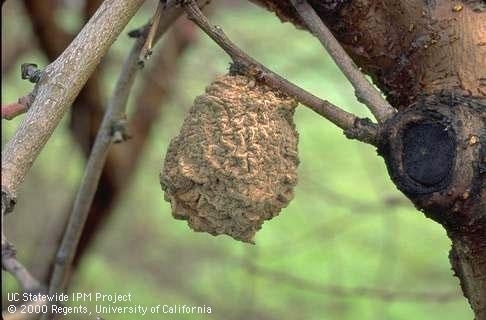
- Author: Anne Schellman
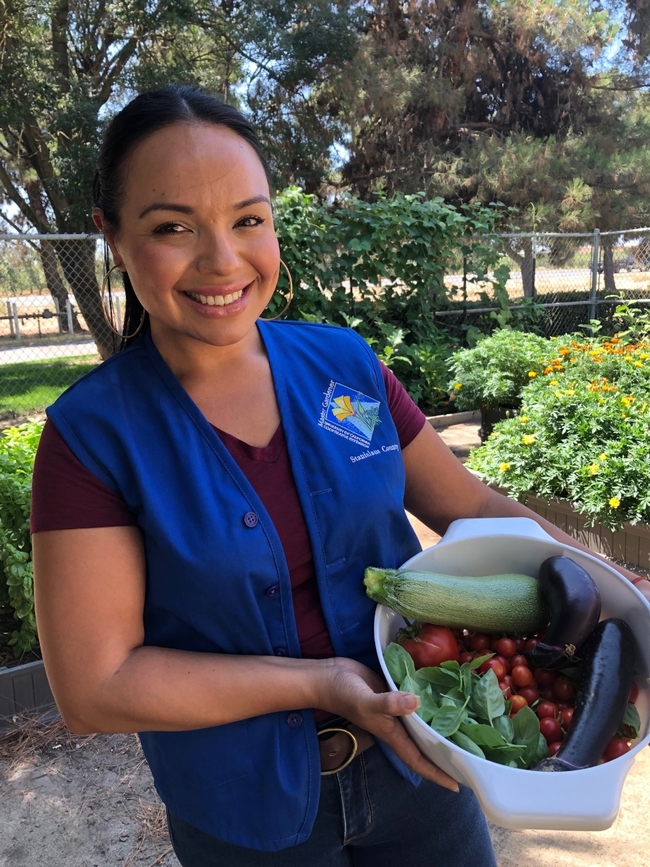
How You Can Help
We appreciate any amount you can give. Credit card donations will be matched if we meet the qualifications below:
- $500 to the twenty groups with the most first time donors
- $500 to the first 10 funds that secure a $500 + donation
- $500 to the ten groups that raise the most funds
Only gifts made by online/credit card donations on the day of the event qualify for the prizes.
Please donate today! 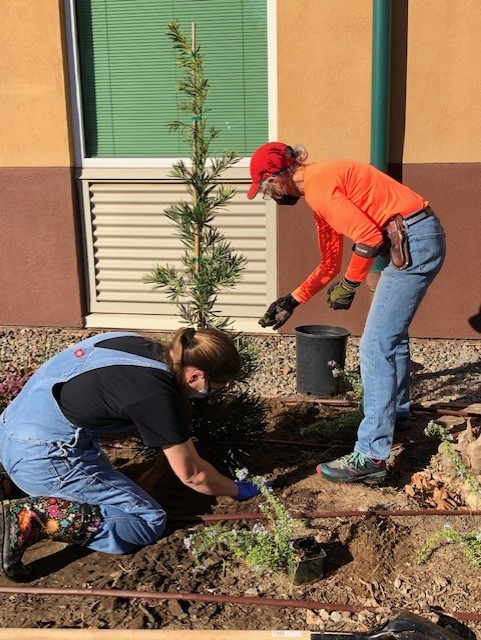

Now is a great time to make a tax-deductible donation to our organization! Visit https://ucanr.edu/sites/GivingTuesday/ and choose Stanislaus County Master Gardener Program.
If you prefer to donate a check, please make it out to UC Regents and send to:
UCCE Stanislaus County Master Gardeners
3800 Cornucopia Way Ste A
Modesto, CA 95358
When will you begin creating the gardens?
We plan to begin working on one of the gardens in spring, and will keep you posted on our progress through this blog as well as our Facebook, Instagram and twitter accounts (@UCMGStanislaus). Our Sensory and Pollinator Gardens will be open to everyone to visit, and used during classes and workshops on drip irrigation, low water use plants, pollinator plants, and more!
- Author: Denise Godbout-Avant
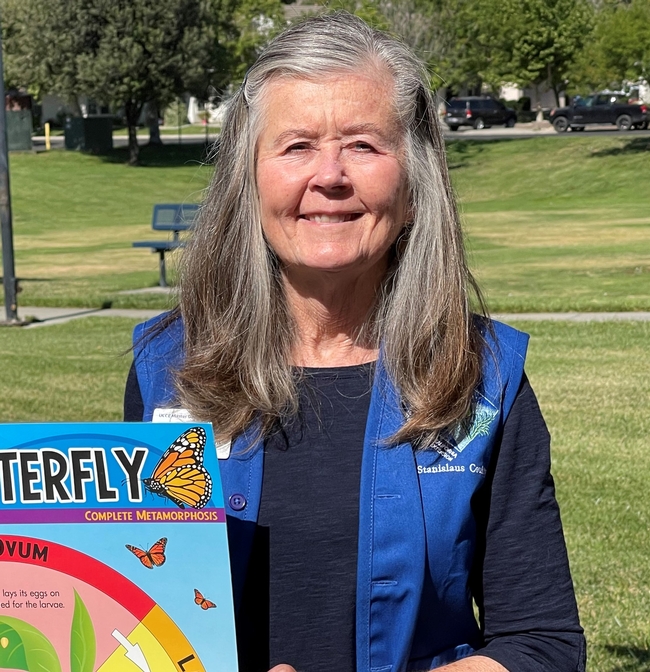
People often rake their leaves and put them out to be picked up as trash. I have always preferred to leave the leaves for my garden.
If you take a walk in a forest, you'll see leaf layers several inches deep around trees and bushes. Fallen leaves have a complex relationship with trees and nature, providing many benefits which can be reproduced to some extent in our gardens.
Natural Mulch
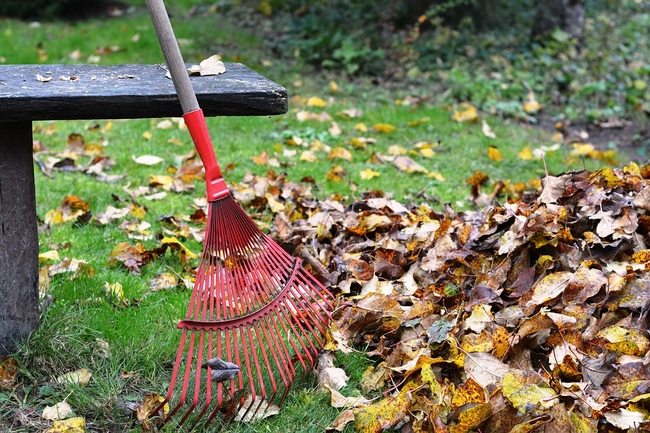
Fallen leaves have the same weed suppression and moisture retention properties of shredded wood mulch—and they're free! Where mulch is desired as a decorative element, what could be more seasonally appropriate than a pile of brightly colored fall leaves? This natural mulch also provides insulating winter cover from cold temperatures for roots, seeds, and bulbs.
A Web of Life in Leaf Litter
Leaf litter isn't just free fertilizer and mulch. It provides food and shelter for a wide variety of living things including spiders, snails, worms, beetles, millipedes, mites, toads, frogs and more—these in turn support mammals, birds, reptiles, and amphibians that rely on these creatures for food.
Detritivores (organisms that eat dead or decaying plants or animals) break up and excrete leaf litter. Fungi and bacteria then take over and complete the recycling process converting these smaller pieces into nutrients which then sustain neighboring plants. They in turn help support biodiversity by becoming food themselves.
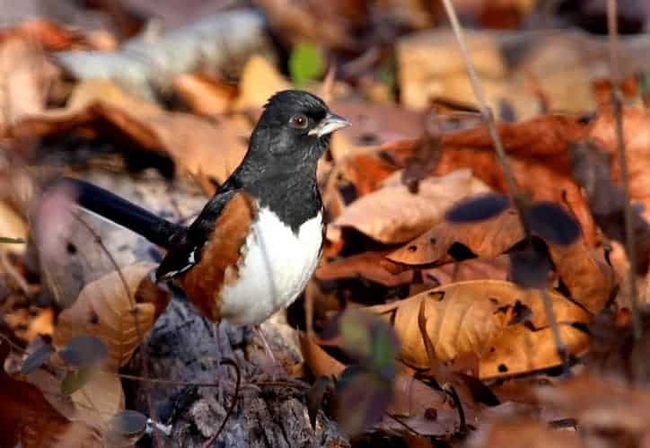
Numerous bird species such as robins and towhees forage in the leaf layer searching for insects and other invertebrates to eat.
Raking up leaves and putting them in the trash could have the unintended consequence of removing some of next year's garden butterflies and moths, many of which are pollinators. Most butterflies and moths overwinter in the landscape as an egg, caterpillar, chrysalis, or adult. In all but the warmest climates, they often use leaf litter for winter cover. Fritillaries and wooly bear caterpillars will tuck themselves into a pile of leaves for protection from cold weather and predators. Some Hairstreaks lay their eggs on fallen oak leaves, which become the first food of the caterpillars when they emerge. Swallowtail butterflies disguise their cocoons and chrysalises as dried leaves, blending in with the “real” leaves.
Bumble bees also rely on leaf litter for protection. At the end of summer, mated queen bumble bees burrow an inch or two into the earth to hibernate for winter. An extra thick layer of leaves is welcome protection from the elements.
All of which makes leaf litter an integral part of a complex web of life.
What You Can Do
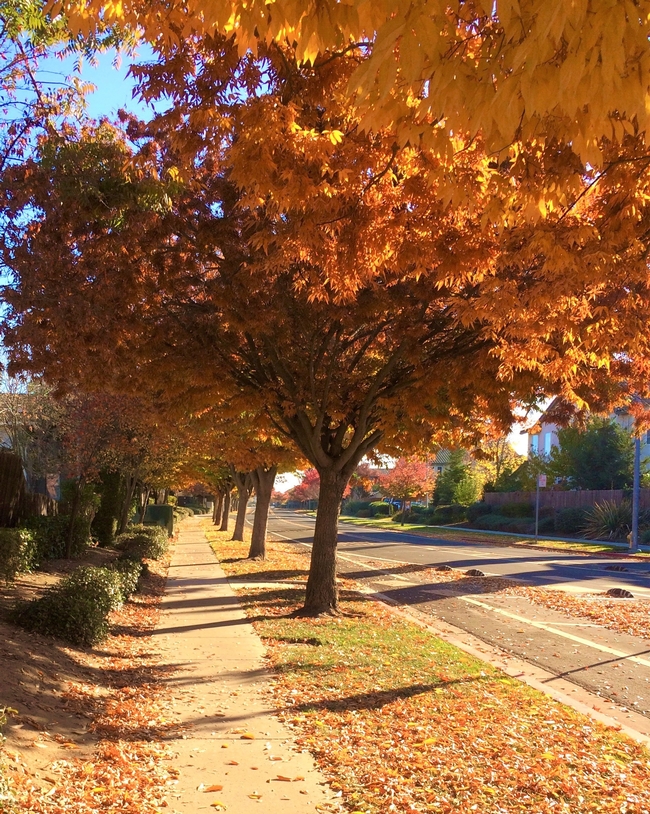
Composting leaves is a terrific way to recycle and create a nutrient-rich garden soil amendment at the same time. Some gardeners opt for shredding their fall leaves for use in compost piles. Like people who mulch their lawn leaves with a mower, consider leaving some leaves undisturbed in garden beds and lawn edges. If space allows, you could create a leaf pile, allowing it to break down naturally, or add the leaves gradually to your compost pile over time. Such efforts will keep leaf litter critters safe and allow you to benefit from the rich garden gift that falls from the trees above.
While it is ideal to “leave the leaves” permanently—for the benefits mentioned above—if you do decide you need to clean your garden and remove the leaves in spring, try to wait until later in the season, so as to give the critters that have been protected by fallen leaves over the winter time to emerge and depart.
Some gardeners may be concerned that autumn leaves, matted down by rain or snow, could have a negative impact on their perennials. However, a thick layer of leaves provides additional insulation against chilly weather and protects newly planted perennials from frost which could damage tender roots and shoots. Anyone who has spotted fragile spring seedlings popping up in the woods knows that all but the most fragile of plants will erupt through the leaf litter in spring without trouble.
So, leave the leaves. While you can't perfectly emulate a forest, your garden will be healthier and more diversified, you'll help support a vast array of wildlife, and you'll reduce the strain on landfills.
Denise Godbout-Avant has been a UCCE Stanislaus County Master Gardener since July 2020.
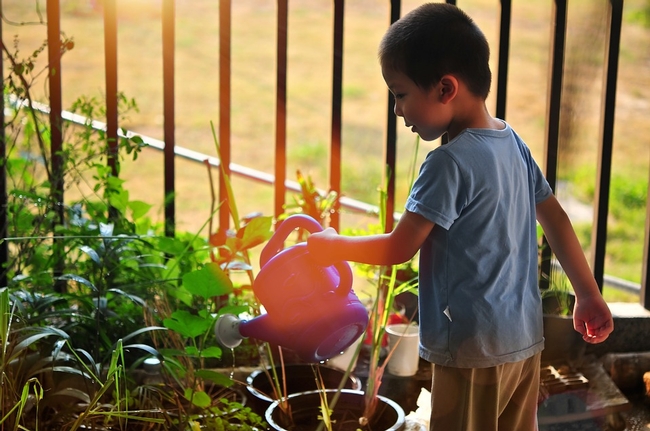
- Learn tips for saving water in the landscape.
- Become enlightened about drip irrigation
- Hear about attractive, low-water use plants.
Sign up now to reserve your space!
Water Thrifty Landscaping
Where: Stanislaus County Agricultural Center, Harvest Hall, OUTDOORS. 3800 Cornucopia Way, Modesto, CA 95358
When: Tuesday, September 21, 2021
Time: 6:00-7:30 p.m.
Cost: Free
Instructors: Master Gardeners Tim Long and Roxanne Campbell
Questions? Email ucmgstanislaus@ucanr.edu
Sign up online at http://ucanr.edu/thrifty/2022 or call Misa at (209) 525-6800 to reserve your space.
- Author: Denise Godbout-Avant
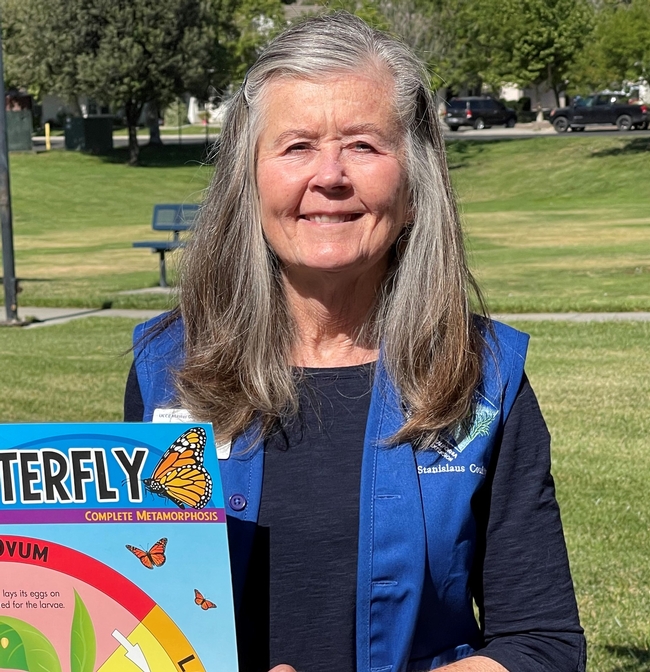
(From old proverb)
I love to stroll under the shade of majestic Valley oak trees in the oak woodland riparian habitat along the Stanislaus River at Caswell State Park in Ripon. I visualize Lakisamni Yokut women (the indigenous people who lived in Stanislaus County area for millennia) as they gathered acorns.
Vital Roles
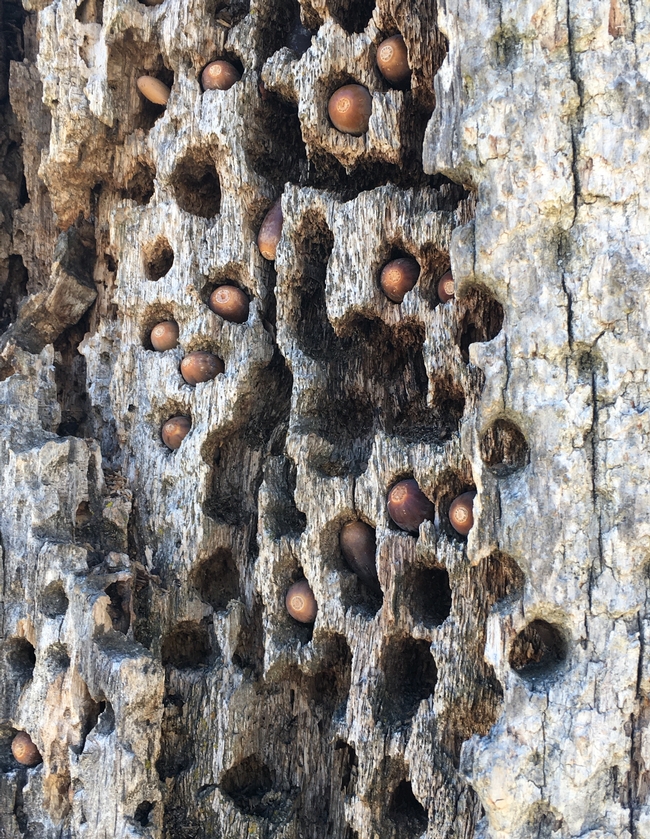
Early humans built their homes, created tools, built shelters and ships from oak wood. Oak galls were used to make dyes, writing ink, and tan leather. Today we use its strong wood to construct furniture, flooring, cabinets, and wine barrels. If you like truffles, thank oak trees, since truffles have a close relation with the roots of oak trees. Truffles are almost impossible to grow. Instead, truffle farmers plant oak trees, hoping to create favorable conditions conducive to the growth of truffles.
California Oaks
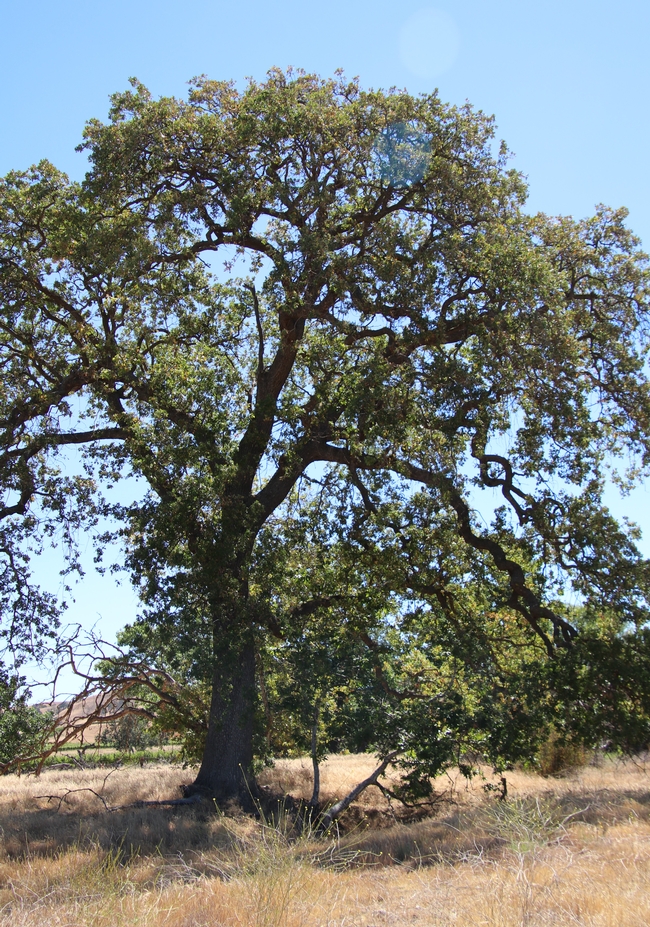
- Valley oak (Quercus lobata) – One of California's iconic species, it is the largest oak tree found here, living up to 300 years. The Valley oak grows where there is a water table within reach of the roots, often near creeks and rivers. They grow quickly, reaching 20 feet in 5 years and up to 60 feet in 20 years. A deciduous tree, it's distinguished by deeply lobed shiny green leaves and long, narrow acorns.
- Interior live oak (Quercus wislizenii) – An evergreen tree, growing up to 25-80 feet tall, it is found in hilly or mountainous areas, near creeks and streams, living up to 200 years. It can produce two types of leaves at the same time, one with a serrated edge and the other with a smooth edge, and produces small, thin acorns.
- Blue oak (Quercus douglasii) – A deciduous tree found in the hot, dry foothills, it grows to be 20-60 feet tall with blue-green leaves which vary in size and shape. With a lifespan of 200-500 years, their acorns are fat and stubby.
Oaks tolerate fire due to their thick, furrowed bark and tough leathery leaves. During wildfires, the larger oaks in areas cleared of fuel may scorch, but rarely burn completely. Damaged trees will resprout from the root crown.
Acorns
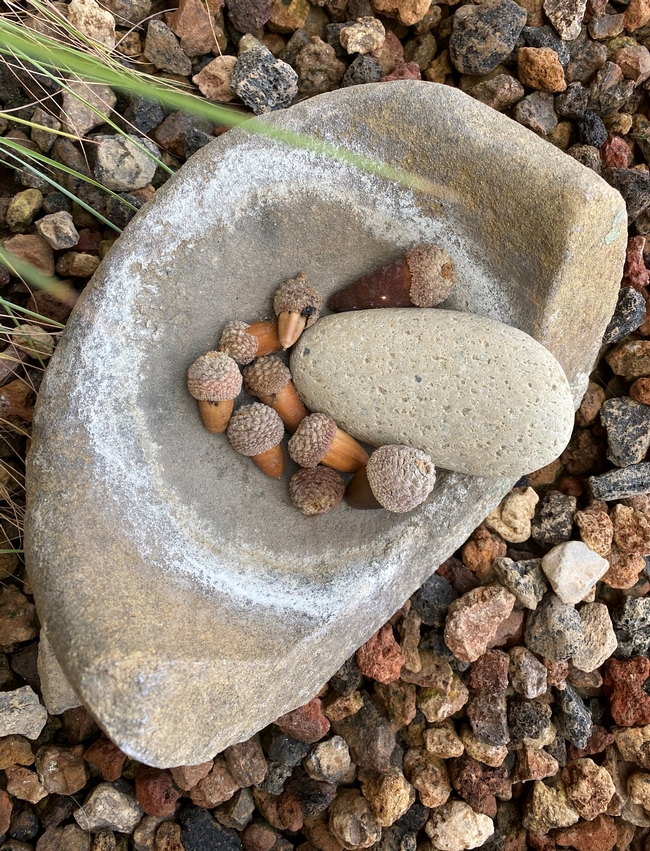
An oak tree can produce millions of acorns during its lifetime, but only one in 10,000 acorns grows up to be an oak tree. Acorns are highly nutritious, carbohydrate-rich, and were a diet staple of the Californian indigenous people. Mammals and birds who eat acorns include the Acorn woodpecker, Yellow-billed magpie, California ground squirrel, and Mule deer. However, acorns are toxic to dogs and horses.
The indigenous people called the California scrub jay the “gardener bird” because of its propensity for caching thousands of acorns and not eating all of them, which helped replenish and expand oak forests.
Oak Galls
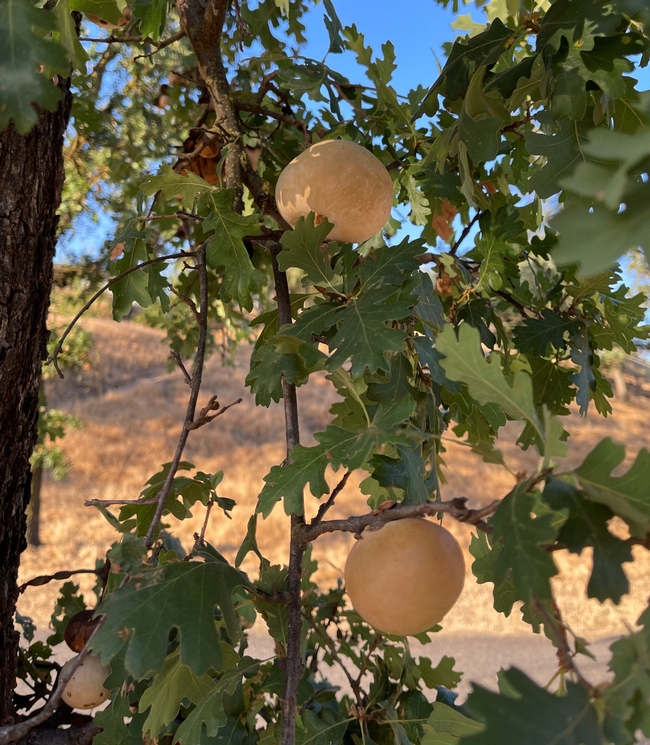
A favorite oak gall of mine is “jumping galls,” the size of poppy seeds, round with a dot in the center. Some years large numbers of them drop and litter the ground and sidewalks. The galls “jump” each time the larva moves inside. You can see this in action in this YouTube video: https://www.youtube.com/watch?v=0VI7USm4J5I
Oak Challenges
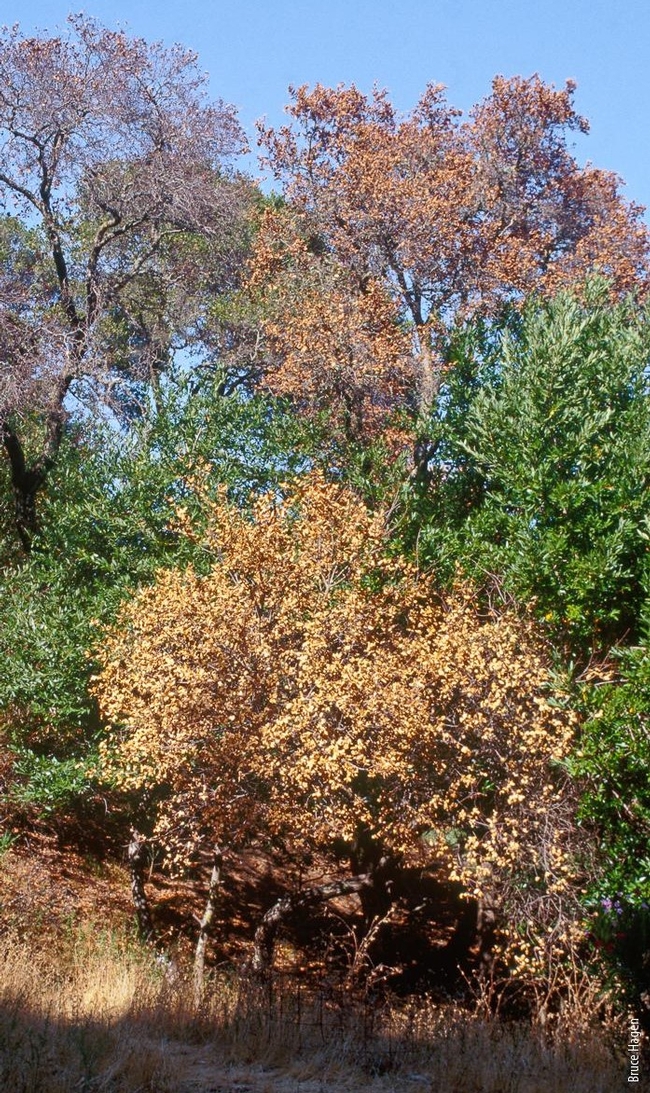
Today, oak trees face many challenges. Disease, drought, and fire can all destroy oak seedlings. Young oaks are stepped on by grazing animals or run over by machinery. Full grown oaks are often damaged or killed when new homes, roads, stores, or businesses are built. Sudden Oak Death is a disease caused by the pathogen Phytophthora ramorum,discovered in Mill Valley in 1995. Causing a rapid color change from green leaves to brown in infected oaks, it has killed thousands of live oak, black oak, tanoak, and Shreve oak in 14 California counties. Climate change is also putting pressure on oak trees.
To maintain a forest or woodland, each oak tree needs to produce just one replacement tree in its lifetime. You can help regenerate California oak habitat by caring for an acorn seedling and protecting it from harm while it grows into a mighty oak.
All photos by Denise Godbout-Avant unless otherwise noted.

